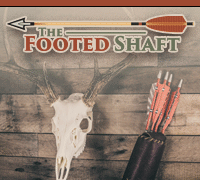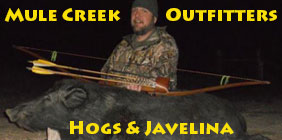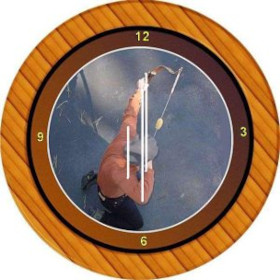“Our fall food survey suggests that almost all hard and soft mast species produced well this year. As a result, wildlife may be more widespread in forested areas,” he said.
“As always, pre-season scouting can improve a hunter’s chance for success this year.”
That means it’s likely that even less deer will be seen tomorrow by many hunters, particularly those who have passed on the pre-season scouting and out of habit will be in the same spot tomorrow morning where they’ve been on the first morning of the season for the past five, 10, 20 years.
Critics of the commission’s deer management program, which throughout the first decade of the 21st century has led to lower deer numbers across much of the state, likely won’t be open to any explanations like that.
Even the commission’s annual survey of the observations by field staff of food conditions and wildlife populations, intended in part as a starting point for hunters in search of prime hunting spots for their desired game species, now has its critics.
A report on that survey’s notes about Central Pennsylvania appeared on the Outdoors pages last Sunday.
It included this: “Western Cumberland County: Deer numbers are good. More deer have been sighted in Michaux State forest than last year, and the gypsy moth hasn’t done much damage there this year, so deer might be expected to stick around. The central part of the county is intensively farmed, but where there are woodlots or overgrown areas you’ll find deer.”
The comment about Michaux State Forest drew an angry e-mail that said in part, “The man who issued that report must be on crack. I've seen less deer, less (scat), less rubs and less scrapes in this area between Spruce Hollow in the south mountain to Big Flat then I've seen in years.”
In a common thread among those wanting changes in the commission’s deer management program, the e-mailer called for management at a smaller scale than the large, multi-county wildlife management units currently in place, the end of doe hunting for several years, maybe an end of even buck hunting for a year, and a return to a two-week buck season and a two-day doe season, similar to what had been the status quo for many years before the new deer management program was put into place.
Regardless of the ongoing criticisms, hundreds of thousands of hunters will take to Penn’s Woods before sunrise tomorrow.
“Deer season is the most important method that the Game Commission has been using for more than a century to manage Pennsylvania’s whitetails,” said commission Executive Director Carl Roe. “The efforts of hunters are far-reaching, and they help to keep deer populations in check and enable the agency to meet deer management goals that benefit almost everyone who resides, visits or travels through this state.”
The commission in its current deer management program has employed a formula that it claims “manages deer for a healthy and productive deer herd that provides recreational opportunities within acceptable ecological impacts and human conflicts.”














